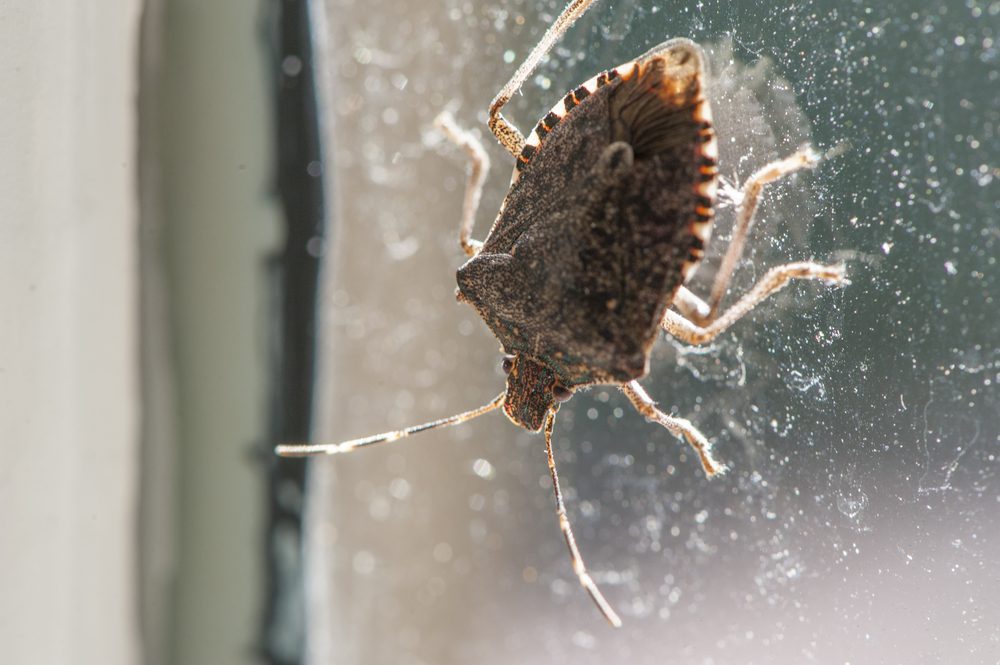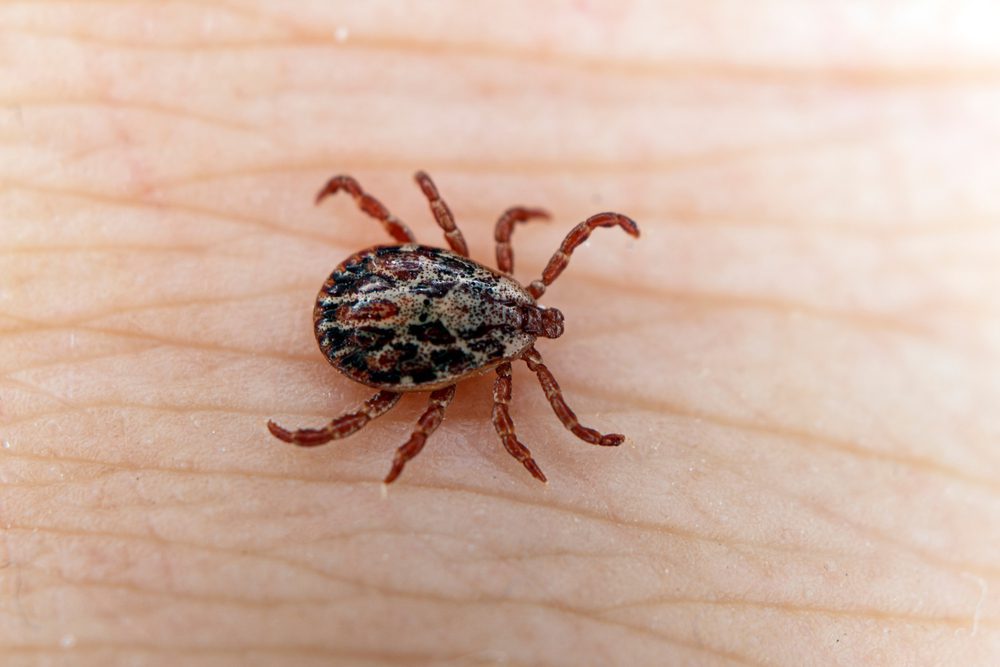How Warmer Winters Affect Pests
A Closer Look at Hibernation, Pests, and the Impact of Temperature
The relationship between winter temperatures and insect activity is a complex and fascinating aspect of ecological dynamics. While cold winters typically induce dormancy for many insects, warmer winter temperatures can profoundly affect their life cycles and populations.
Here, we explore the nuanced interplay between warm winters and the resurgence of various insects, including those emerging from hibernation and pests gearing up for reproduction in the spring.
The Awakening from Hibernation

Warm winters can disrupt the traditional hibernation patterns of certain insects, leading to earlier and more frequent awakenings. Critters like stink bugs, boxelder bugs, and lady beetles, typically seeking refuge in sheltered locations during colder months, may emerge prematurely in response to milder temperatures.
Hibernation serves as a survival strategy, allowing these insects to conserve energy and endure harsh conditions. However, the delicate balance of their life cycles may be disturbed by warmer winters.
Stink bugs, known for their distinctive odor when threatened, are a prime example of insects influenced by warmer winter temperatures. Typically, they seek refuge in protected places, such as houses, during the winter. Warmer conditions can trigger premature awakening, increasing sightings indoors as they search for food and mates.
Boxelder bugs and lady beetles, similarly affected by warmer winters, may also emerge earlier than usual. The disruption in their hibernation patterns could have cascading effects on ecosystems, influencing predation, competition, and interactions with other species.
Pests Preparing for Spring


As winter transitions to spring, a different set of insects prepares for a burst of activity facilitated by the warmer temperatures. Ticks, moths, beetles, bees, and wasps are among the pests that thrive in the transitional period, ready to seize the opportunities presented by the changing environment.
Ticks, for instance, are notorious carriers of diseases and are often associated with warmer weather. With the arrival of spring, ticks become more active, posing an increased threat to both humans and animals. Their reproductive activities escalate, and the risk of tick-borne illnesses rises accordingly.
Moths and beetles, essential components of various ecosystems, also benefit from the warmer weather as they transition from pupal stages to adult forms. The increased temperatures accelerate their development, leading to a synchronized emergence that can have significant ecological implications.
The vital role of bees and wasps in pollination and pest control becomes more pronounced in the spring. As temperatures rise, these insects become more active, contributing to the essential processes of plant reproduction and pest population control.
The Heat-Induced Acceleration


One of the critical factors influenced by warmer winters is the insect growth rate. Insects such as cockroaches, mosquitoes, spiders, ticks, mites, moths, bees, and wasps flourish in warmer conditions, and their life cycles are intricately linked to temperature.
Cockroaches, notorious for their resilience, reproduce more rapidly in warmer climates. The increased heat accelerates their metabolic processes, resulting in faster growth and reproduction rates. Consequently, infestations become more challenging to control in regions experiencing warmer winters.
Mosquitoes, carriers of various diseases, are susceptible to temperature fluctuations. Warmer winters contribute to the proliferation of mosquito populations, increasing the risk of diseases such as malaria, dengue, and West Nile virus.
Spiders, ticks, and mites, crucial components of ecosystems, also experience accelerated growth in response to warmer temperatures. This phenomenon can lead to shifts in predator-prey relationships, potentially affecting the delicate balance within ecosystems.
Warm Winters and Insect Increase
The relationship between warm winters and insect increase is multifaceted within the broader realm of ecological dynamics. While some insects may awaken prematurely from hibernation, others seize the opportunity to engage in vital reproductive activities. The impact of warmer winters extends beyond the awakening and reproduction of insects, influencing the rate at which pests grow and infestations occur.
Understanding the connections between temperature, insect behavior, and ecosystem dynamics is crucial for predicting and managing pest consequences.
Secure Your Property Today
As we delve into the intricate web of insect dynamics influenced by warm winters, it becomes evident that a proactive approach to pest management is essential for maintaining the sanctity of our homes and communities.
If you grapple with unwelcome visitors or wish to fortify your space against potential infestations, look no further than NJ Pest Control. Our comprehensive pest maintenance plans, expert control strategies, and professional removal services are customized to address your needs.
Don’t let the subtle nuances of warmer winters disrupt the harmony of your living spaces; reach out to NJ Pest Control today, and let us be your partners in creating a pest-free environment that stands resilient in the face of changing seasons. Your peace of mind is just a call away – safeguard your home or commercial property with NJ Pest Control.

